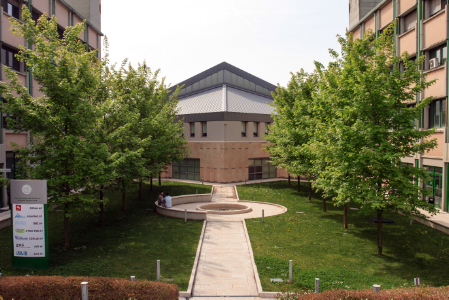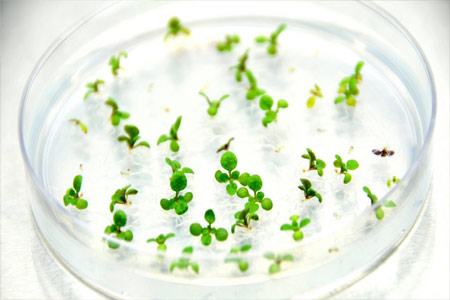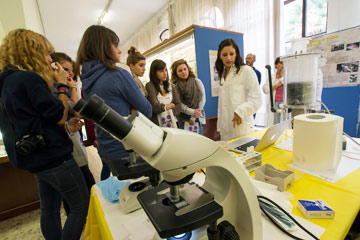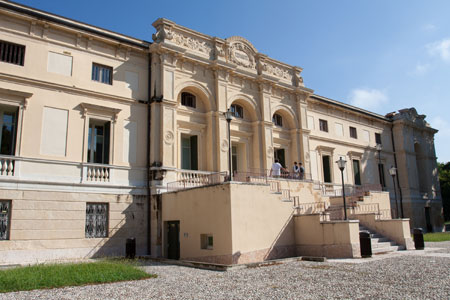Learning outcomes
The course Physical Chemistry I for the Degree program in Biotechnology is aimed at the development of the necessary abilities to quantitatively decribe the macroscopic properties of chemical systems, specially of those of interest to the biologist. The use of a textbook in English is another important characteristic of great importance.
Thermodynamics. Introduction. Description of a macroscopic system. State variables. Definition of the state of a system. Process. Heat and work. Work in the expansion of a gas. Other types of work. Mathematical description of a system with one or more independent variables. First law of Thermodynamics. Exaples of calculations using the first law. Molecular interpretation of energy variations.
Enthalpy and heat capacity. Measurement and calculation of enthalpy variations. Thermochemistry. Molecular interpretation of enthalpy variations. Cooperative processes. Thermodytnamic properties of water. Biological significance. Second law of Thermodynamics. Spontaneous processes. Entropy. Calculation of entropy veriations for some important processes. Molecular interpretation of entropy. Third law of Thermodynamics. Residual entropy.Examples of calculations. The Gibbs and Helmholtz free energies. The free energy spontaneity criterion. Physical meaning of the Gibbs and Helmholtz free energies. Chemical potential. Physical meaning. Chemical equilibrium. Equilibrium constant. Methods used to calculate and measure the free energy variations of chemical reactions.Influence of the temperature. Van't Hoff's equation. Biochemical examples. Denaturation of proteins. The hydriphobic effect. Phase equilibria. The phase ruler. The Clausius-Clapeyron equation. Phase transitions in biological systems. Other examples of biological applications of Thermodynamics.







